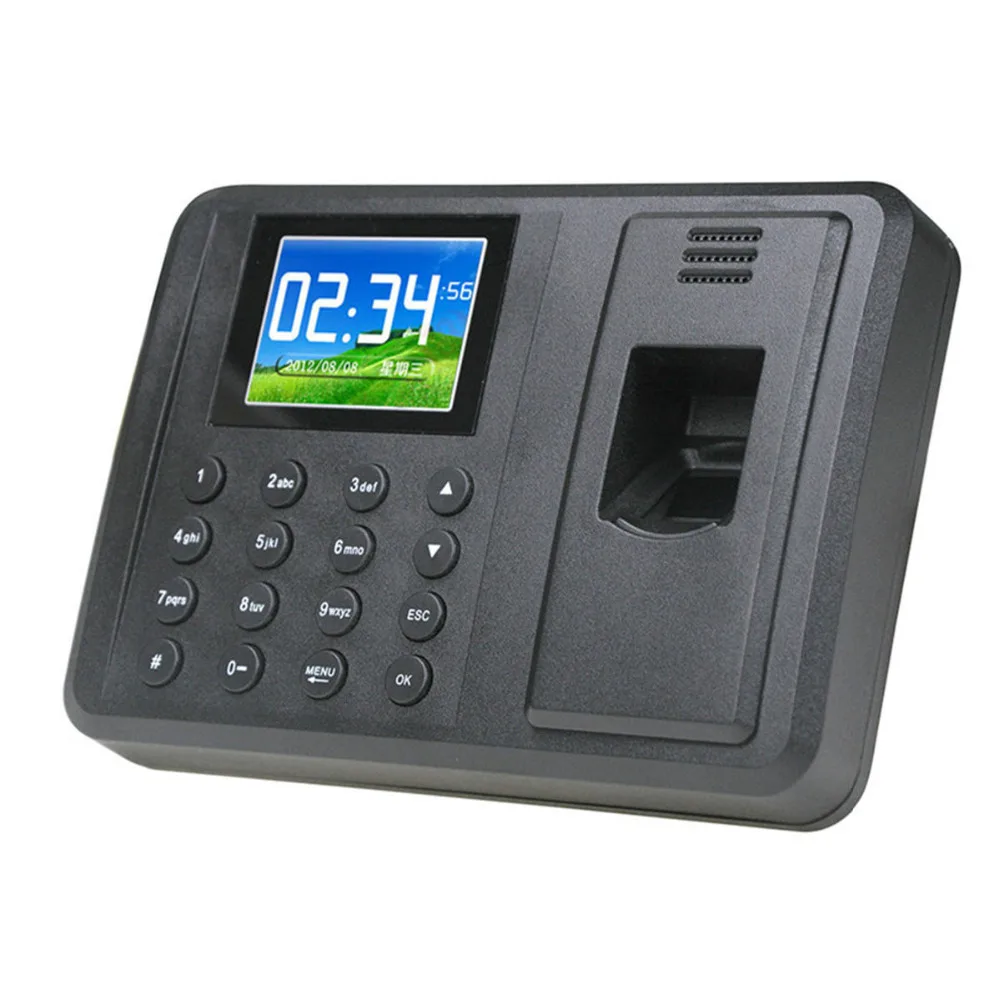
When a credential is presented to a reader, the reader sends the credential's information, usually a number, to a control panel, a highly reliable processor. The system will also monitor the door and alarm if the door is forced open or held open too long after being unlocked. When access is refused, the door remains locked and the attempted access is recorded. When access is granted, the door is unlocked for a predetermined time and the transaction is recorded. The electronic access control system grants access based on the credential presented. A wide range of credentials can be used to replace mechanical keys. Electronic access control Physical security access control with a hand geometry scanner Example of fob based access control using an ACT readerĮlectronic access control (EAC) uses computers to solve the limitations of mechanical locks and keys.

When a mechanical key is lost or the key holder is no longer authorized to use the protected area, the locks must be re-keyed. Mechanical locks and keys do not provide records of the key used on any specific door, and the keys can be easily copied or transferred to an unauthorized person. Mechanical locks and keys do not allow restriction of the key holder to specific times or dates. When a door is locked, only someone with a key can enter through the door, depending on how the lock is configured. Historically, this was partially accomplished through keys and locks. An access control system determines who is allowed to enter or exit, where they are allowed to exit or enter, and when they are allowed to enter or exit. Physical access control is a matter of who, where, and when. Within these environments, physical key management may also be employed as a means of further managing and monitoring access to mechanically keyed areas or access to certain small assets. Physical access control can be achieved by a human (a guard, bouncer, or receptionist), through mechanical means such as locks and keys, or through technological means such as access control systems like the mantrap.

The term access control refers to the practice of restricting entrance to a property, a building, or a room to authorized persons. An alternative of access control in the strict sense (physically controlling access itself) is a system of checking authorized presence, see e.g. There may be fences to avoid circumventing this access control. border guard, bouncer, ticket checker), or with a device such as a turnstile. Geographical access control may be enforced by personnel (e.g. Administrators - Run a summary report and export data for payroll.Main article: Physical security Drop Arm Optical Turnstiles Manufactured by Q-Lane Turnstiles LLc Underground entrance to the New York City Subway system Supervisors can check the who is inboard, to see, in real-time, who is currently clocked in and out.
Administrators can View and / edit an employee's timecard. Timedox cloud provides Compatible with any browser allows employees to punch in or out from any remote computer or location with GPS location mobile phone.Our solution is supported by our excellent customer service team, M – F 9:00 AM – 9:00 PM. Timedox offers a good value for your money. An affordable $29 monthly fee subscription is required to use the Timedox system including unlimited access to technical support and includes lifetime upgrades and device replacement. Unlike other competitors, Timedox offers a flat price for unlimited employees and administrators.


 0 kommentar(er)
0 kommentar(er)
